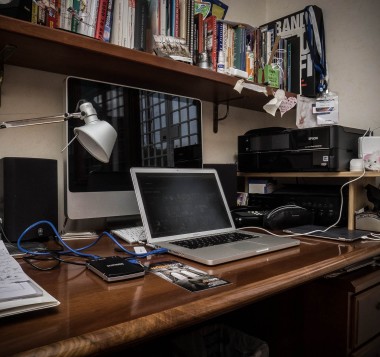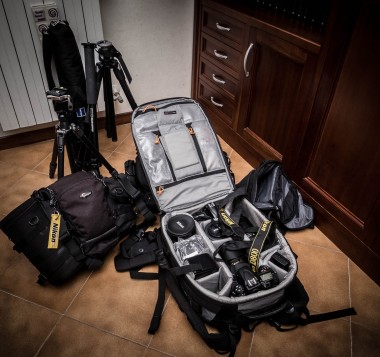What's in my camera bag
Lots of people around me say things like "A-ha that's why your pictures are so good, look at what you carry in your hands". Well, there's nothing more wrong than that! Yes, it's true, I carry a stupid weight around and bring heavy lenses with me, but it's not the gear that makes the picture. There are photographers that work for agencies like Magnum that go around with automatic compact cameras and take incredible pictures. Actually I always say "It's not the camera, but what's behind and in front of it that make a great picture". For this reason, you need to be in the right place at the right moment, but also, with the right mindset.
Molte persone intorno a me dicono spesso cose tipo "A-ha ecco perché le tue fotografie sono così belle, guarda cosa porti in giro!". Beh, non c'è niente di più sbagliato di questo! Si, è vero, porto con me un peso ridicolo tra macchina e obiettivi, ma non è quello che fa la fotografia. Ci sono fotografi di agenzie come la Magnum che scattano con macchine automatiche e fanno delle fotografie incredibili. Infatti, io dico sempre "Non è la macchina, ma chi c'è dietro e cosa c'è davanti che fanno una grande fotografia". Per questa ragione, bisogna essere nel posto giusto al momento giusto, ma anche con il giusto approccio mentale.










